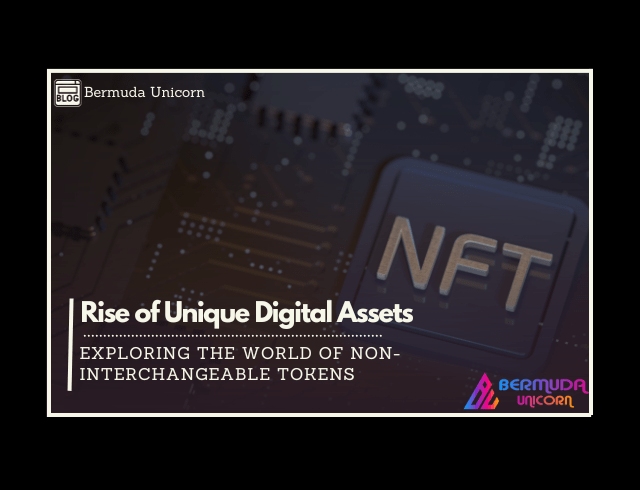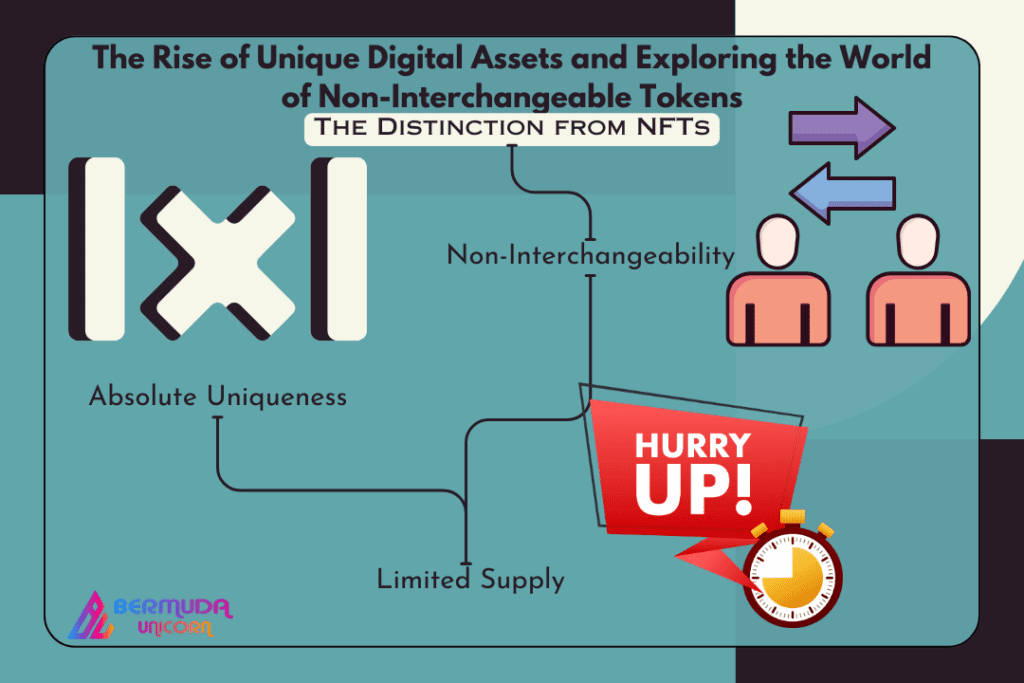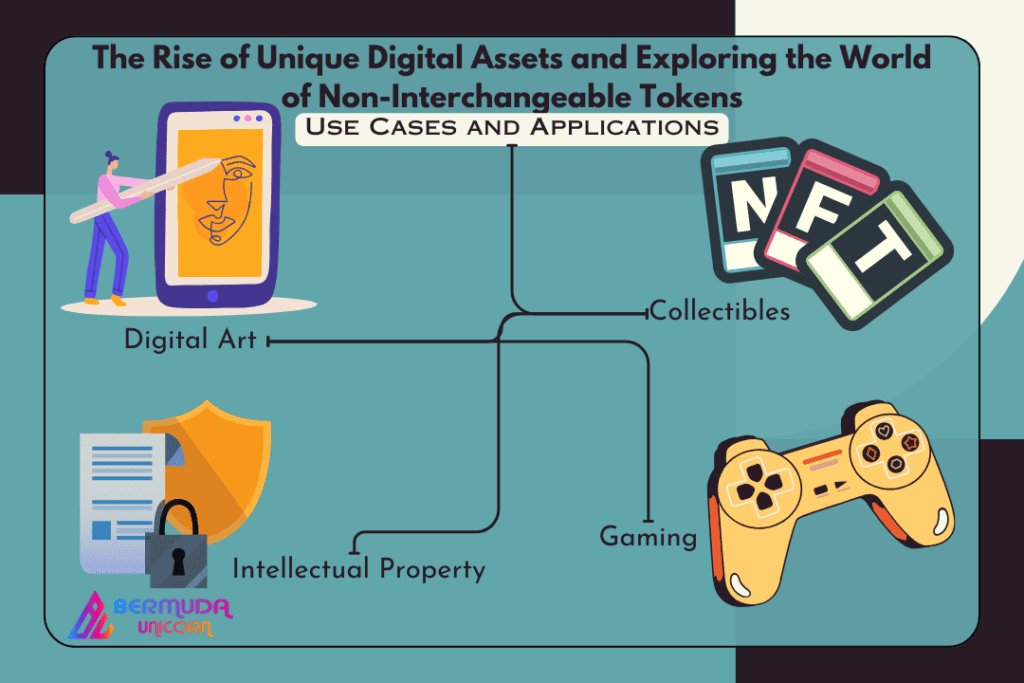

In the rapidly evolving landscape of digital technology, new and fascinating trends continuously emerge. Among these trends, the rise of Non-Interchangeable Tokens (NITs) stands out as a concept that challenges our understanding of digital assets. While Non-Fungible Tokens (NFTs) have already made waves in the world of digital collectibles and art, NITs represent a further step in the evolution of uniqueness in the digital asset world. In this blog post, we will take a deep dive into the world of NITs, how they differ from NFTs, and the unique opportunities and challenges they present.
Understanding NITs
To fully grasp the concept of NITs, it is essential to first define them. NITs, or Non-Interchangeable Tokens, belong to the broader category of digital assets. They share some similarities with NFTs but possess distinctive characteristics that set them apart. At the core of NITs lies the principle of absolute uniqueness. Each NIT represents a one-of-a-kind digital asset, and unlike NFTs, they cannot be exchanged or substituted for another token, even if they share similar attributes.
The Distinction from NFTs
To appreciate the significance of NITs, it is crucial to differentiate them from NFTs, which have become relatively well-known in recent years:
1. Absolute Uniqueness:
While both NITs and NFTs are unique, NITs take this concept to an extreme level. NFTs can represent multiple copies of similar digital assets, such as different editions of the same artwork. In contrast, NITs are inherently and absolutely unique.

2. Non-Interchangeability:
NFTs, although unique, can still be exchanged or sold for one another. For instance, if you own an NFT representing a specific digital artwork, you can potentially trade it for an NFT representing a different artwork. In contrast, NITs are non-interchangeable by design. Each NIT is distinct and cannot be exchanged, making them truly one-of-a-kind.
3. Limited Supply:
While NFTs can have varying levels of scarcity, the scarcity of NITs is often more absolute. In most cases, there is only one NIT of a specific digital asset in existence, further emphasizing their uniqueness.
Use Cases and Applications
The uniqueness and non-interchangeability of NITs open up exciting possibilities across various domains:
1. Digital Art:
Artists can leverage NITs to create and sell one-of-a-kind digital artworks. Collectors who acquire NITs associated with these artworks possess exclusive and irreplaceable pieces of art, enhancing the perceived value and prestige of ownership.
2. Collectibles:
In the realm of digital collectibles, NITs provide a level of rarity and uniqueness that goes beyond what NFTs can offer. Collectors can own digital items, trading cards, or other collectibles that are truly one-of-a-kind, adding a layer of excitement to the collecting experience.

3. Gaming:
The gaming industry is another area where NITs hold promise. In-game items, characters, or assets represented as NITs can offer players a heightened sense of ownership and uniqueness. Gamers can own digital items that no one else in the game world possesses, making their gaming experience more personalized and valuable.
4. Intellectual Property:
NITs can play a role in the protection of intellectual property rights. By tokenizing unique digital assets, content creators can establish ownership and prove the originality of their creations. This can help combat issues related to plagiarism and copyright infringement in the digital realm.
Challenges and Considerations
As with any emerging technology, NITs come with their own set of challenges and considerations:
1. Scalability:
Managing a large number of unique tokens can be complex and resource-intensive. Infrastructure must be robust enough to handle the creation, storage, and transfer of NITs efficiently.
2. Interoperability:
Integrating NITs with existing systems, standards, and platforms can be challenging. Ensuring that NITs can be used seamlessly in various applications and across different blockchain networks is an important consideration.
3. Legal and Copyright Issues:
The legal framework surrounding NITs is still evolving. Determining ownership, intellectual property rights, and the legal implications of owning unique digital assets may require new legislation and precedents to be established.
4. Education and Awareness:
NITs represent a relatively new concept in the digital asset space. Educating users, creators, and collectors about the value and potential applications of NITs will be essential for their widespread adoption and success.
Conclusion
The rise of Non-Interchangeable Tokens represents a fascinating evolution in the world of digital assets. These tokens offer absolute uniqueness and unparalleled ownership experiences, opening up new avenues for artists, collectors, and industries like gaming. However, the adoption of NITs also brings challenges related to scalability, interoperability, legal frameworks, and the need for increased education and awareness. As the technology matures and gains wider acceptance, NITs are poised to become a defining feature of the digital asset landscape, giving rise to a new era of exclusive and truly one-of-a-kind digital assets. Whether you’re an artist looking to create unique digital artworks or a collector seeking the thrill of owning something truly one-of-a-kind, Non-Interchangeable Tokens are an exciting development to watch in the digital world.